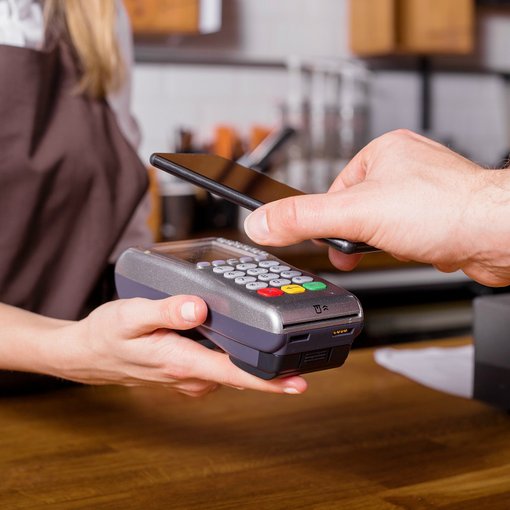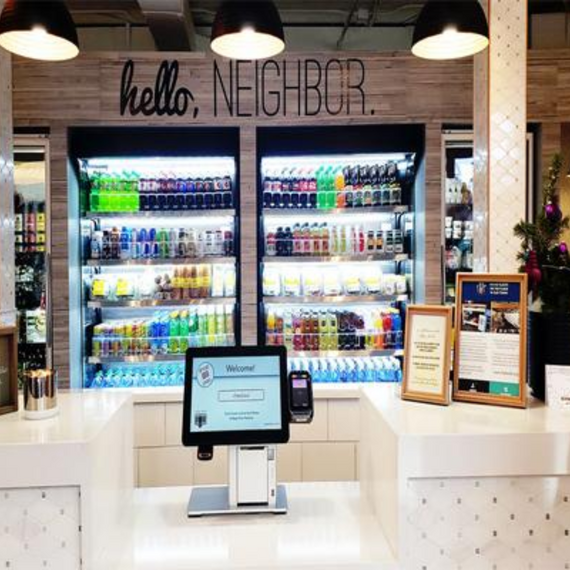
- Six minutes read
The year ahead: What's next for payments in the US?
Our predictions of the most significant trends that will impact payments in 2020.
A turning point for contactless in the US
At the beginning of 2019 the US was severely lagging behind many countries in Europe, Asia, and even Canada when it came to rolling our contactless (NFC enabled) debit and credit cards. But there is a concerted effort on the part of consumers and banks to correct this; Visa is predicting that over 100 million NFC enabled cards will be in circulation in the US by the end of 2020. The introduction of contactless cards on this scale will precipitate a significant turning point in the adoption of contactless payments.
One further driver of adoption may be the growth of the Visa Ready for Transit program, both in New York and into further cities across the US. In the UK it was the introduction of contactless payments to the London Underground that sparked a significant increase in adoption; over three million contactless payments have been made since the contactless payments pilot was launched on a number of services in New York in June 2019, the number of routes will increase in New York as well as coming to San Francisco and Boston in 2020.
The explosion of mobile wallets
The increased number of contactless cards in circulation in the US will have a significant impact on the volume of contactless payments in the US, but there is an argument that as NFC-enabled checkouts become more prevalent consumers may actually forego contactless cards altogether and instead skip ahead to the next stage in NFC evolution, mobile wallets.
Countries such as India and China have surged ahead of the US when it comes to mobile wallet adoption (according to Bain, over 80% of Chinese consumers made a payment with a mobile wallet in 2018, while in the US Apple Pay is the most widely used mobile wallet with just a 9% adoption rate), but there are indications US consumers will close the gap in 2020 as contactless payments become the norm.
Not only are smartphones virtually ubiquitous in the US, one potential blocker to adoption of contactless cards in the US is a distrust of the security of a technology with no required active authentication to make a payment. With biometric authentication via fingerprint or facial recognition technology baked into the payment method, mobile wallets are and accessible alternative that alleviates this concern.
Marrying more convenience and greater security
The implementation of Strong Customer Authentication , and more specifically 3D Secure 2 (the new EMV authentication protocol that enables merchants to comply with the regulation) is only one facet of a more general drive to bring greater convenience to consumers at the checkout but in a more secure manner.
Moving away from passwords as the primary authentication method for card-not-present payments will solve a key issue for merchants; namely that consumers increasingly expect seamless payments but with the primary consideration that their payments are secure.
This won’t be achieved purely by a progression in technology. Consumers currently rely heavily on passwords for trust when it comes to online payments, a major battleground from payments services providers and eCommerce businesses in the next 12 months will be educating consumers that reducing their reliance on passwords (or removing them altogether) will make their payments not only faster but also more secure.
The emergence of “Click to Pay”
In October 2019 American Express, Mastercard, Visa, and Discover announced that they were jointly launching an interoperable one-click checkout in the US, and plan to have the new function widely available in early 2020.
With a primary objective of standardising the checkout process online and enabling consumers to make simple and convenient payments without having to create or log in to an account held with a merchant, the growth of Click to Pay will be substantial in the next 12 months.
The growth of P2P payments
According to eMarketer, over 80 million U.S. adults used P2P payment services (estimated) in 2018, a year-on-year increase of 28%. The same report estimates that the number of adopters of P2P payments has grown by another 16% in 2019, and that over four-in-ten adults are now using P2P apps.
With a number of key players in the P2P payments space continuing to expand their product offerings, there is no reason to believe that the adoption of P2P payment apps will slow down. The growth of these services is predominantly being driven by Millennial adoption as a preferred payment method; as trendsetters this could mean that P2P apps become traditional payment method for all younger consumers within the next 12 months.
The growth of real-time payments
A further area payments in the US has lagged behind other regions including Europe is the provision of instant settlement for inter-bank transactions. In the UK, for example, the Faster Payments Service (that reduced transaction clearing time between banks from three working days to a few seconds) was launched in 2008; this is now being replicated in the US.
The Clearing House has been scaling its real-time payments network throughout 2019, but this should accelerate in the next 12 months.
The Clearing House has indicated that its objectives for 2020 include working with payments services providers, banks, and credit union to ensure that all financial institutions in the US have access to the Real-time Payments Network before the end of the year.
SWIFT gpi will become the industry normal for B2B cross border payments
Reduction of inter-bank settlement times is also a priority for the SWIFT correspondent banking network. In 2017 SWIFT launched its gpi service to revolutionise a dated and struggling to be fit-for-purpose cross-border payments network. After three years of steady growth, SWIFT claims that it is close to reaching critical mass with regards to the entire banking network transferring to the gpi system.
According to SWIFT approximately 60% of all its cross-border payments are transacted via gpi currently, but the aim is to move towards universal global adoption before the end 2020. Designed to clear up the lack of transparency and slow settlement process of the existing correspondent banking system, this step-change in global payment processing will become even more valuable as it becomes more ubiquitous.
With SWIFT gpi businesses not only have immediate knowledge of when a recipient receives a payment, they are also able to trace the payment as it is processed through the SWIFT banking network.
One reason that this development is worth tracking is its impact on the development of blockchain-based cross-border payments competitors to SWIFT. Two of the proposed advantage of these blockchain-based system is the speed and transparency of the payments on the network; a fully inclusive SWIFT gpi network may curb the appetite for these.




